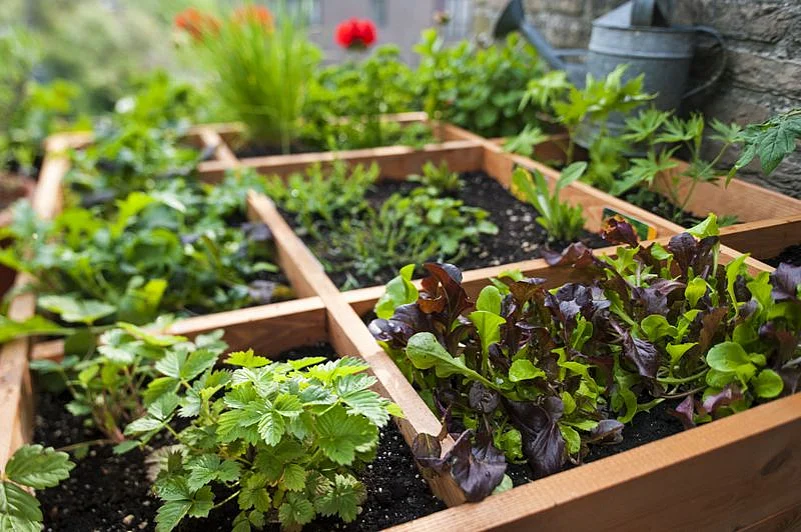At a time when the whole world is rooting for organic farming and trying to re-visit and revise the farm-to-fork culture, it makes sense to use your backyard or terrace for a homegrown garden. That little patch of green is not only soothing for your eyes, it also delivers fresh homegrown veggies and fruits which are as safe as you want them to be.
Here’s the fundamental 4‘W’s and 1‘H’ to follow when you start, to ensure that you get it right/
Why
It’s critical to understand the purpose and benefits of running a kitchen\terrace garden. In today’s world, where toxic chemicals and insecticides are used on vegetables and fruits to ensure longer shelf life and preservation, growing natural and organic products at home makes sense. It is also a good way to recycle your kitchen wastes. And an added incentive is the mind and body workout that running a kitchen/terrace garden entails. .
Where
A spacious backyard, an open balcony/terrace, in fact any open space with ample exposure to sunlight, fresh air and sustainable water source can be converted into a kitchen/terrace garden, also know as a nutri-garden.
What
When choosing what to grow in your little garden, you must consider the daily needs and preferences of your household. Some common items popularly grown in a kitchen/terrace garden include herbs like basil, which is great for sunny spots, or garlic which can grow virtually anywhere and can be replanted each year. Other easy crops for beginners are tomatoes, onions, peas, carrots, chillies, brinjal, tapioca, yam radish, potato, gherkin, lettuce, etc. Mix and match till you get the ideal combination.
Which
Start small. Don’t splurge on a garden and hi-end equipment and resources until you have figured out what works and what doesn’t. It is recommended that you begin with minimum investment. Many edible plants can be grown in pots with depth of one foot, whereas some others need more to grow. In case of a wide container, strings can be used-- tied length and breadth-wise -- to mark space for each plant in order to avoid overcrowding.
How
Ideally, you should use kitchen water waste, food scraps, shredded paper, cardboard, newspaper, etc. that decompose in contact with air. While many edible plants prefer lots of sunshine, some may not. But keep in mind that too much of water and sunlight could be counter productive.
Happy gardening!
(The author has a farm in Lonavala, near Mumbai, where he has been successfully experimenting with various plants and crops in the past decade. He loves to spend time in the kitchen or the garden)






















